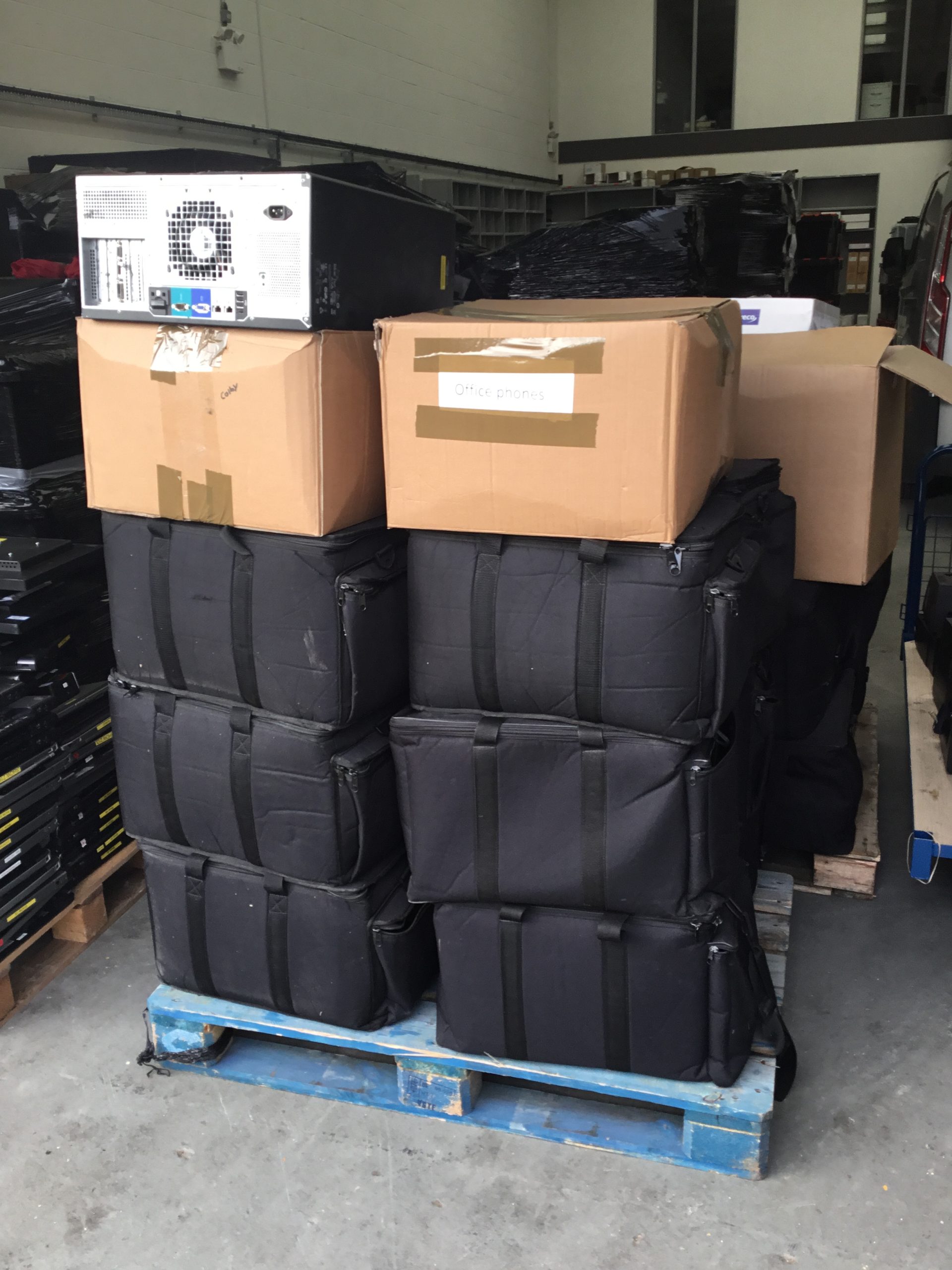Dealing with a Computer Virus: How to Safeguard Your Precious Photos
Recently, my husband inadvertently exposed our computer to a severe virus while browsing online. He clicked on a suspicious link in a blog post, and soon after, we noticed significant problems with our system. The computer became incredibly slow and unresponsive, culminating in a chaotic restart. To make matters worse, the malicious software changed our desktop background to an alarming image. We even received a phone call from someone pretending to represent Microsoft, who panicked us by mentioning specific details about our bank account. Thankfully, my husband recognized the scam and terminated the call before any harm was done.
As you can imagine, this incident raised red flags about our digital safety, especially concerning my collection of cherished photos that I had planned to back up onto a USB drive—a task I had regrettably postponed. To mitigate the damage, I reverted the system to a restore point from about a week prior, in hopes of salvaging the photos before the situation worsened.
Currently, I’m grappling with a couple of questions. Windows Defender has not flagged any issues during its scans, although it also failed to provide any warnings prior to my reset. This has left me wondering: how likely is it that my photos might carry remnants of this virus? I’m well aware that viruses can sometimes hide in documents and media files, and I want to ensure that I’m taking the right steps to protect my data.
We’re planning to perform a factory reset of the computer to wipe everything clean, but my primary concern is ensuring those photos are safe to transfer. Should I worry about potential virus transfer through image files? Are there additional precautions I should take to ensure we’re fully protected moving forward?
For anyone who has faced a similar scenario, your advice and experiences would be greatly appreciated. Let’s learn together how to navigate these treacherous waters of digital security!
Share this content:



